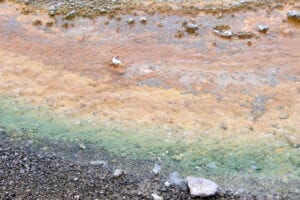
Heritage Tours
How to Plan Your Own Ancestry Travel
This post may contain affiliate links which means Trip Scholars may make a small commission (at no extra cost to you) if you make a purchase. As an Amazon Associate I earn from qualifying purchases. Read more here. Thanks for helping us keep the lights on!
We have gathered the best resources to help you plan your own ancestry travel and heritage tours.
Some of your richest travel experiences can be visiting your ancestral homelands. Imagine journeying to the villages, cities, or rural lands that your family from the past lived in for generations. Perhaps you’ll visit the old family farm, meet a distant cousin, or learn more about your rich cultural heritage. We will clarify how ancestry travel and heritage travel enhance each other and how they will inspire some of your greatest trips. Follow our step-by-step guide to plan your own heritage or ancestry tour. Then, find inspiration and tips from top travel and genealogical writers who have already crafted their own meaningful tours to their roots.
Table of Contents
What are Heritage Tours and Ancestry Travel?
Heritage travel and ancestry travel are similar and very complementary, but they are different approaches to meaningful trips. Heritage travel is focused on the broader cultural history of your past: perhaps learning more about the art history of China or the culinary traditions of Peru. Ancestry travel on the other hand, is related to travel where your particular ancestors lived: maybe visiting the cemetery where your grandmother is buried or the town that your ancestors emigrated from.
The joy of these trips can be extended far beyond your actual days on the road. You can begin researching and learning about your roots months, years, or even decades in advance. We will show you how to educate and entertain yourself as you dive deep into the most meaningful places of your ancestral path. Whether this leads to local weekend trips or long planned international vacations, we have tips to help make the very most of your excursions.
Steps for Planning Your Own Ancestry Tour or Heritage Tour
1. Consider taking a DNA Test
DNA testing has led to a surge in both ancestry and heritage travel for a variety of reasons. Some have already had access to their family’s records and these tests confirm their places of origin. They help them connect with distant (sometimes newly discovered!) relatives in their travel destinations.
Others have not known about their biological family history for reasons varying from adoption to historical displacement. DNA tests can sometimes help find living family members as well as help travelers find their nations or regions of origin.
DNA testing is an effortless process and the cost is around $100 US. A kit mailed to you and, after a simple cheek swab, it is returned in a postage paid box. Usually less than two months later, the tester receives a DNA profile showing where their ancestors have come from. The top companies offering DNA testing are ancestry.com, 23andme, familytreedna.com.
Consider privacy issues before you engage in DNA testing. Records are kept secure, but there are unforeseen ethical questions that may arise in the future. Hackers are always improving their skills. Keep in mind that some companies, like Family Tree DNA voluntarily offer law enforcement access to their database.
2. Do Ancestry Research
Contact Living Relatives
If you have older biological relatives, they are a wonderful first resource as you begin your journey exploring your roots. We do not have these people in our lives forever, so get started with visits and phone calls today. Bring your notebook or record them (with their permission) using audio or visual devices. Ask to look through memory boxes and old photo albums that can inspire stories from their childhood.
Some families are fortunate to have an elder who has already done a lot of ancestry research. For some this has been their lifelong passion, we are incredibly lucky if they share it with us and these visits are sure to inspire trips to your ancestral homelands.
Do Online Ancestry Research
There are a so many options for online ancestry research that some people become overwhelmed. Fortunately, there are excellent sites that simplify the process.
Ancestry.com is the most well-known DNA testing company and they have earned the distinction. Users have the option to connect their DNA results with their profile, both to confirm ancestral connections and to meet living relatives. They have the world’s largest collection of online family records available to help you flesh out your family tree and collaborate with others. They even offer personal guidance from genealogists to aid you with research. If, after reading this article, you find the idea of crafting your own tour daunting, they can even offer a personal guidance to plan it for you.
The biggest downside to using Ancestry.com is the cost. They offer a free trial and you also have access to your family tree and some records without a paid subscription. But to engage in research, you pay in tiers to have access to more records. A money saving tip is to plan ahead and dedicate a period of time to family tree research. Put other projects on the back burner and commit to making full use of their database during your subscription. Or use the least expensive option to get to each family tree dead end. Then pay for the upgrade to take each line further back in time. But watch out, it can become addictive, and you may extend your subscription indefinitely!
Other top options include 23andme, Family Tree, and the National Genealogical Society. Are You My Cousin? is another very helpful website. You can learn more about it below with a personal story by Lisa Lisson, the host of the site.
If you know the general region of your ancestors, you can find site specific resources like African Ancestry, My China Roots, and Ireland Reaching Out. If you can drill down to particular towns and counties try online searches to see if there are local genealogical experts who will help check records in person. After extended research, you will have some of the best travel destinations on the planet personally tailored to you.
3. Do Heritage Research
Once you have discovered your ancestral roots, you have a lifetime to explore your cultural heritage! As you plan your travels, dive into learning more about your deep past.
Our website, Trip Scholars, is a perfect place to start. We focus on learning more before departure and have an ever-growing library of resources for you to enjoy. You’ll find movies, documentaries, games, podcasts and more. In our Roadmaps Blog we also have exciting ideas about bringing your family in on the travel planning, including regional literature in your travels, learning the language in advance, visiting UNESCO sites, studying the mythology of the deep past from your destination, and being your own tour guide. Exploring your cultural heritage can be an enriching lifelong pursuit.
4. Plan Your Heritage Tour Itinerary
As you plan your heritage tour itinerary, there are exciting options you can include because of your focus on ancestry travel.
Consider relevant forms of transportation. How did your ancestors get around when they lived there? Would arriving by train or hiking in heighten the experience? Once you have arrived, would horseback riding or sailing on a traditional boat be good additions?
Dive in deeper to the local cultural experiences. Sites like Airbnb experiences, Atlas Obscura Classes, and TripAdvisor will help you find culinary tours, cooking classes, dance classes, and more. Consider crafting your own archeological tour or hiring a tour guide. It can be extraordinarily moving to try and experience life through the eyes of your ancestors. Enjoy including museums and live performances in your travel plans too.
Make the most of your lodging by staying in historic buildings. Fortunate ancestry travelers may be able to stay with descendants of relatives who did not emigrate. The rest of us can check out Airbnb, VRBO, and other home listing sites for historic buildings. Sleeping in your homeland in a building like that of your great-great-great grandparents can be profound in a way that no history research can capture.
5. Enjoy Your Ancestry Travel
When the big trip finally arrives, be sure to bring your records with you. Digital information is helpful, but paper copies can come in handy as you meet relatives and local genealogists. There is nothing like looking at family photos with distant relatives, seeing resemblances, and hearing stories!
Many genealogical trips also include in-person research. The Family History Library in Salt Lake City, Utah, USA is a prime destination for many people, regardless of faith. You may also visit government or religious institutions to confirm records or move beyond dead ends in your family tree. Some places have local genealogical guides you may want to work with when you arrive.
6. Celebrate Memories and Connections for a Lifetime
Your heritage tour will enrich you long after you return! Share what you have discovered with your relatives back home. They may want to plan a future trip after you have inspired them with your stories. Pass on what you have learned to younger generations. Stay in touch with relatives you met on your travels and consider inviting them to come and visit you.
I’d like to send you a free gift!
The Curious Traveler’s 5 Step Guide to More Meaningful Trips
Is it worth it? Here’s How Others Have Planned Their Ancestry Tours
I’ve asked some top travel and genealogy writers to share their stories. Find inspiration in their research and travels.
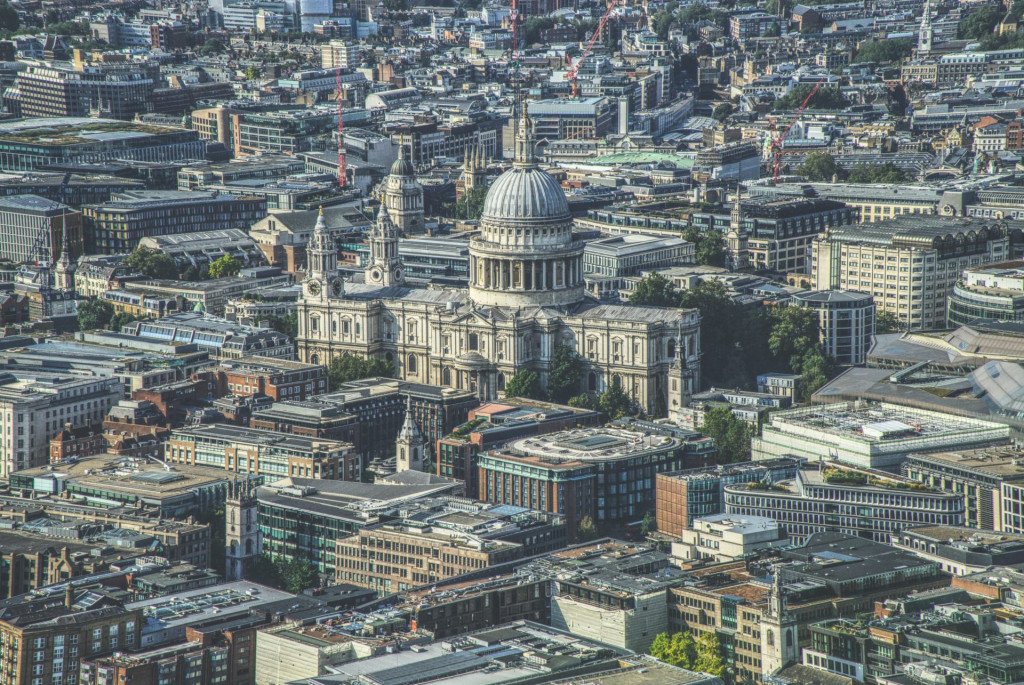
Discovering a Coffee Man on Ivy Lane
“Where did my ancestors come from?” It is a common question and often sparks the first steps into genealogy and family history research. It’s a question I asked as well, and it’s the question that began my foray into uncovering my ancestry.
What I really wanted to do, though, was walk where my ancestors walked. I wanted to stand where they stood. I wanted to see what they saw. I wanted connection. First, I had to find out where my ancestors lived.
Researching the Talbott family line, I relied heavily on Ancestry.com and FindMyPast. Both are large genealogy databases containing the records I needed. U. S. Census Records took me back through the generations to 1790. Wills and church records helped me eventually find Barnaby Talbot, my 6th great grandfather.
Barnaby Talbot was a “coffee man” on Ivy Lane in London, England. [I wonder if this accounts for my love of coffee?!]
Ivy Lane in London became my destination! Well, almost…..
A search of the map revealed Ivy Lane no longer exists in London. Could I figure out where in London Ivy Lane used to be? My search sent me into old map collections of London where I found Ivy Lane was a short street behind St. Paul’s Cathedral in the early 1700’s. Modern office buildings and shops now line the area, but that’s okay. I’ll grab a cup of coffee, wander the area and give a nod to Barnaby.
Learn more about researching your ancestors at Are You My Cousin?.
[My cup of coffee with my ancestor was originally planned for Fall 2020, but Covid has forced me to postpone my trip until October 2021.]
Contributed by Lisa at Are You My Cousin?
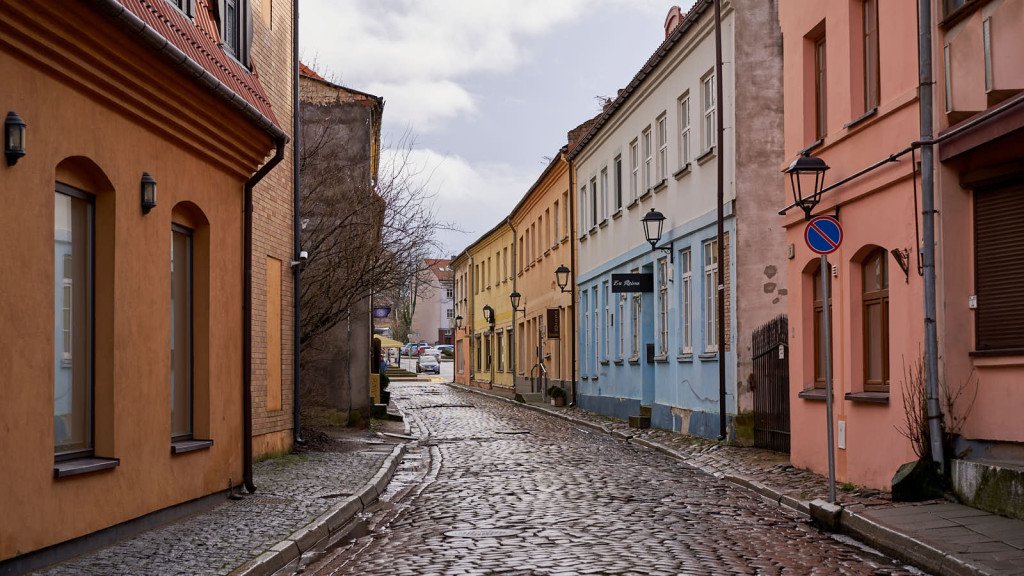
Connecting With a Cousin in Lithuania
In early 2020, I travelled to Klaipeda in Lithuania to find out more about my great-great-grandmother Marie. She was born there in the 1800s, at a time when the city was part of the German empire. My grandmother (Marie’s granddaughter) sometimes mentioned her, and I was curious to see where my ancestors came from.
Before my trip, I prepared by doing as much research as possible. I interviewed my grandmother and searched old documents. Address books from that time helped me identify the street where my great-great-grandmother had once lived.
Klaipeda was a fantastic city to visit. I loved walking through the streets where Marie had grown up, and I also loved seeing the local history museums. Some had exhibitions with postcards from the late 1800s, showing the city that my ancestors had known.
Before leaving on my trip, I did a DNA test through 23andme. I always knew that I had relatives in the US, as my grandmother was still in contact with one of them. Through the DNA test, I found a fourth-degree cousin who had more information about Marie and the life she and her family led in Klaipeda.
I highly recommend anyone interested in ancestry travel to take a DNA test before the trip. Not only did I get valuable information from my newfound cousin, but I also loved sharing my Klaipeda pictures with him.
Contributed by Ilona at Top Travel Sights

Journey from the Austin Archives to Coopers in Dublin
Prior to my trip to Austin, I obviously knew that both my mother and my daughter had been born in Texas. It wasn’t until I was there for a conference, though, that it occurred to me it was time to gather the information in genealogically correct form. I visited the Austin Texas Archives and obtained the assistance of the chief librarian to easily find the information I required for both my mother’s and my daughter’s birth records. My mom’s were old enough to still be in books, my daughter’s were recent enough to be on microfilm.
Ancestry.com remains a wonderful resource for people that have already died, but going in person to this archive, allowed me to find information while family members are still alive.
On an earlier trip to Salt Lake City, my daughter and I examined LDS records that included ship manifests, wedding records, birth and death records for family members. My daughter was so lucky that she randomly found my great grandparents’ wedding details! She discovered them on a microfilm she was scanning as I searched for a specific item on a reader nearby. I don’t think you get any better than that for beginner’s luck.
Pro tip: I highly recommend gathering as much information as you can, especially from the senior members of your family, about anything they remember. Ask especially about parents and grandparents names or dates of birth, marriage, death or places of same. Allow those pieces of information to lead you to travel to discover more.
My mother was born in San Antonio just before my grandfather went off to World War II. I happened to be born on the anniversary of the Alamo. So, my first time in San Antonio was very meaningful. I visited the Alamo and the Riverwalk and felt a connection to my mother that I hadn’t previously.
I hope that someday, my daughter will continue to explore family records, or pursue her future husband’s family genealogy so that her children will have as complete information as possible.
I am currently in Dublin and come from a large Irish family. You may know how difficult it is to find information here after the fires that have decimated so many churches. I still hope, though, to gather more information as I return to Cork, where my last ancestors, my great grandmother and her mother, departed in 1898 to sail to the United States.
My first time walking through the English market, which looks the same now as it did 200 years ago, was also very meaningful, knowing that my great grandmother and her mother walked in those exact same steps.
And it can be the little things that you come across in your travels, that you don’t even know will affect your ancestry research. For example, while touring the Guinness brewery in Dublin, I came across a video of what a Cooper actually does. That was my grandfather’s profession, and I’d never known what hot, dirty, and precise work that it was.
I highly recommend starting with the people that you have available to you, learning as much as you can online, and then going to the places where they used to live to learn even more.
Contributed by Gail at ABLE Physicians
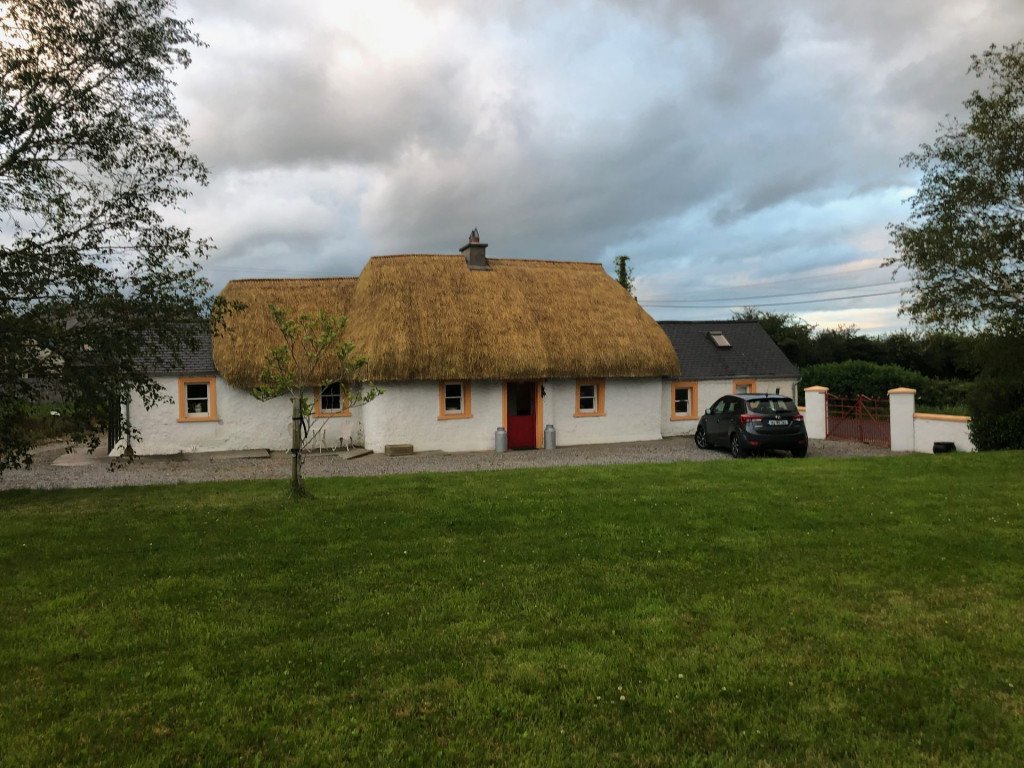
My Own Ancestry and Heritage Tour to Ireland
I have always been interested in genealogy and had been working on our family trees over the years. But it wasn’t until my husband and I started planning our 25th wedding anniversary trip that I made it a high priority. We love Irish music, literature, archaeology, and history so we knew traveling to Ireland was how we wanted to celebrate. Our gifts to each other for our 24th anniversary were Ancestry.com DNA tests and a commitment to do a lot of genealogical research for the year.
We sent in our cheek swabs and renewed our Ancestry.com subscription at a higher rate to have access to more records. My first call was to my aunt on the Carroll side of the family. She has made ancestry research her life’s work, so I was exceedingly fortunate. She generously shared her family tree with me and gave me a lot of valuable advice.
One of the most helpful things she shared with me is that many people copy one another’s inaccurate information repeatedly, causing many online family trees to be riddled with faulty connections. She counseled me to not copy other people’s family trees and to instead do my own research by looking at original source documents and carefully comparing details.
After our year of research, we really hadn’t gotten much further in our own efforts than our relatives who had shared family trees with us at the beginning! But we had a healthy respect for the work that goes into ancestry research and knew some of the stories of our families. If you like research, puzzle solving, and relationships, you will love doing your own ancestry research. I found multiple instances of inaccurate information and now advise others to go very slowly and really check their work.
Because of our research, we stopped at a pub in one of the small towns of our ancestors. It was built before their emigration and the pub owner took the time to show us around. He explained where our family was from on a massive map hanging on the wall. He even gave us his contact information to help connect us with a local genealogist. The pub had an outbuilding complete with antiques from the original era. It was very moving to drink our pints in the building as we visited with the kids who were playing outside. I looked over the billowing fields on the other side of the fence and imagined my own ancestors in this same pub and village. It was a very moving experience.
That night we stayed in a thatched roof cottage, built prior to their emigration, in another small town where we have roots. Despite all the books, documentaries, and movies I have read or watched, the night in that home made my family’s history come alive in a way that nothing else could. As I sat in front of the peat fire, surrounded by those thick white walls, and thought of my own farming ancestors from this same land, it brought rich tears of awareness. Be sure to keep your family’s history in mind as you look for lodging and plan your own trips.
We had plenty of other adventures related to our ancestry research and I heartily recommend investing time to plan your own ancestry or heritage tours.
Erica at Trip Scholars
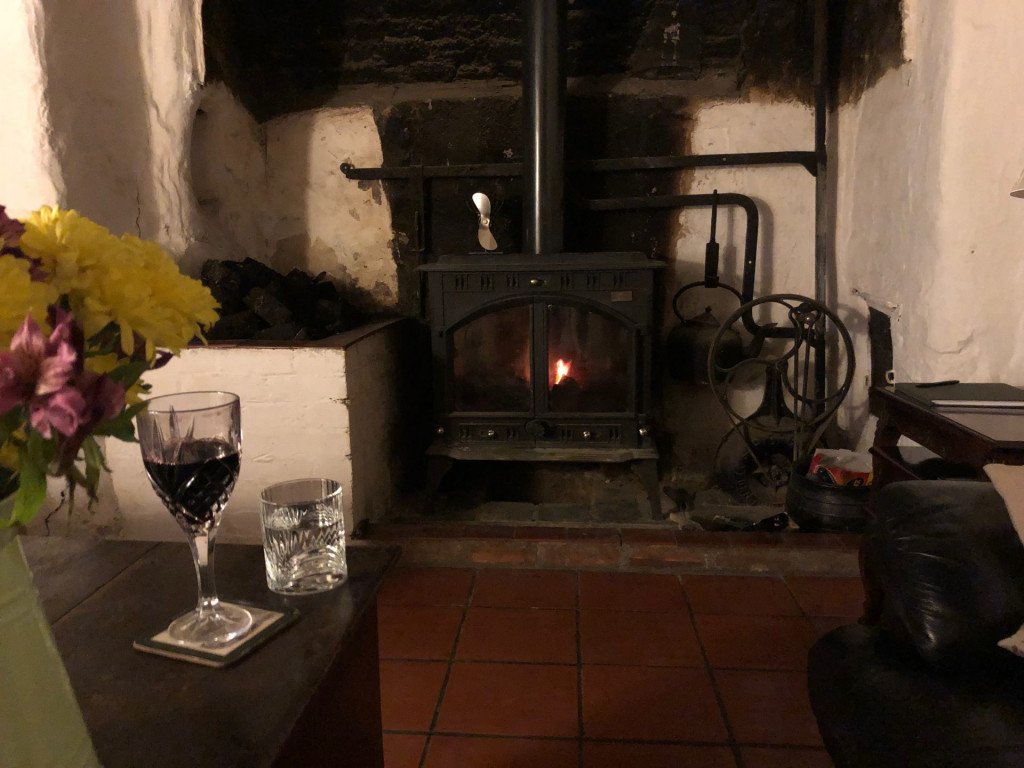
Plan your own Ancestry and Heritage Tours
Are you ready to plan your own ancestry or heritage tour? You can’t start too soon. Begin now even if you don’t plan to travel until long in the future so that you can have one of your greatest trips ever! You can also explore your cultural heritage from home. We have even more ancestry research resources listed in our Trip Scholars Library.
Have you been on an ancestry or heritage trip? Are you planning one for the future? What resources did you use to plan it? What was it like to visit your homeland? Do you recommend it to others? Please tell us in the comments! We love to hear from our readers.
Erica
Let's Connect
DO YOU WISH YOU COULD TRAVEL MORE?
Like it? Pin It for Later!
Share this post
I’d like to send you a free gift!
The Curious Traveler’s 5 Step Guide to More Meaningful Trips


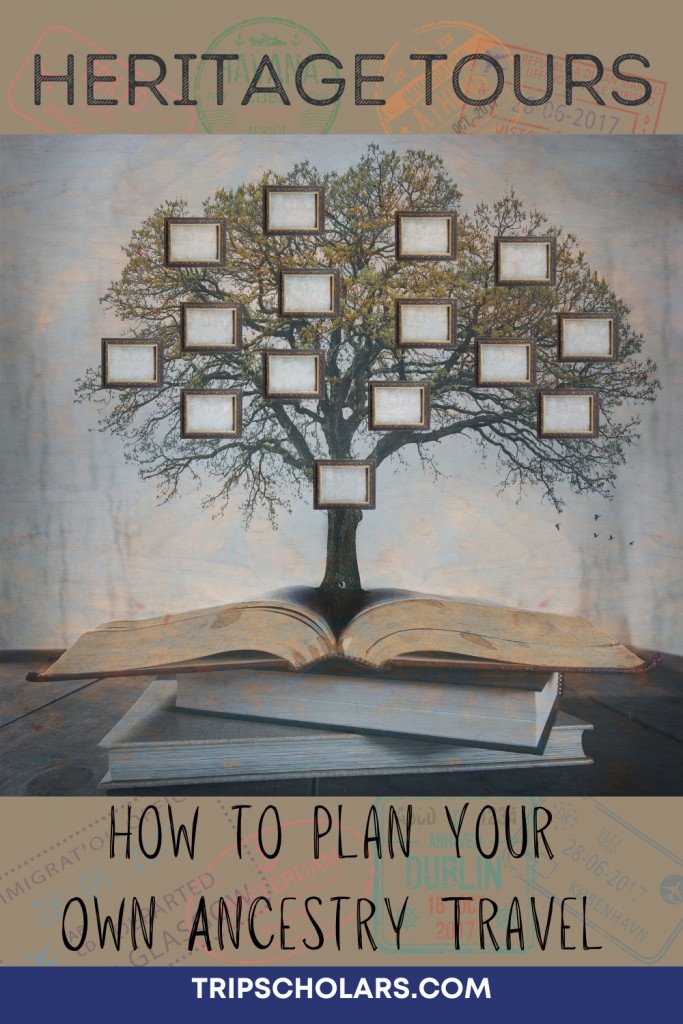
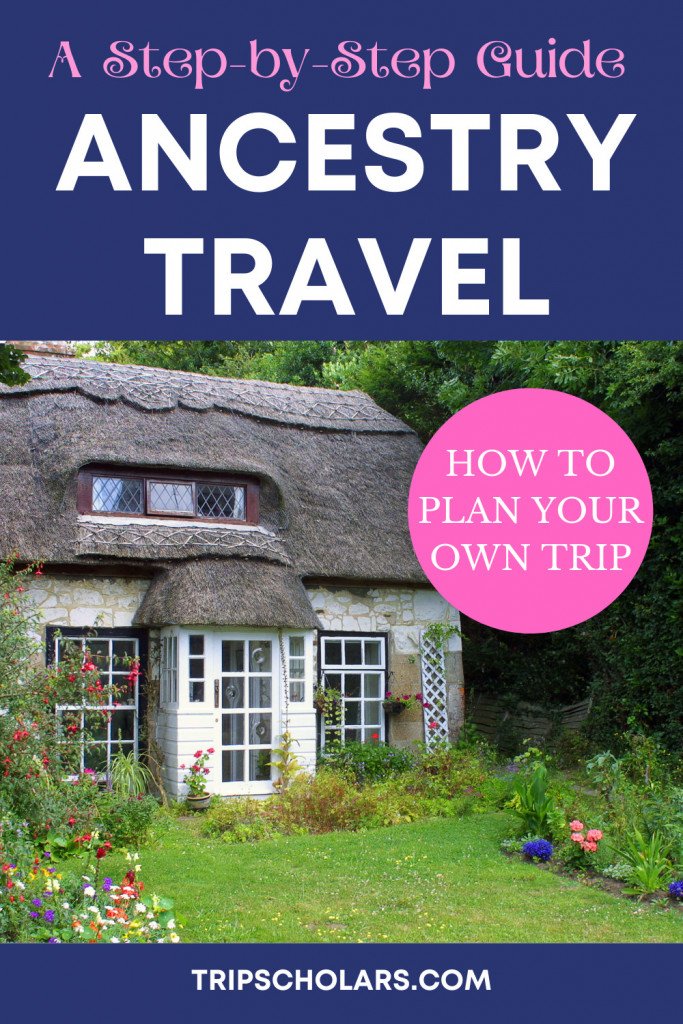


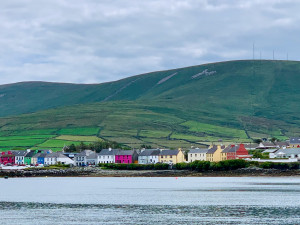
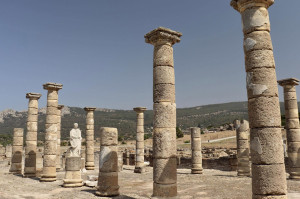
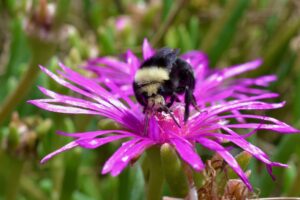
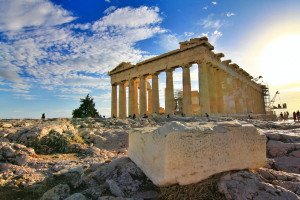

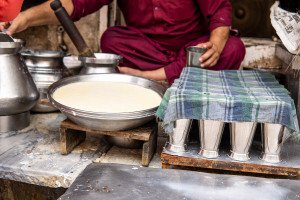
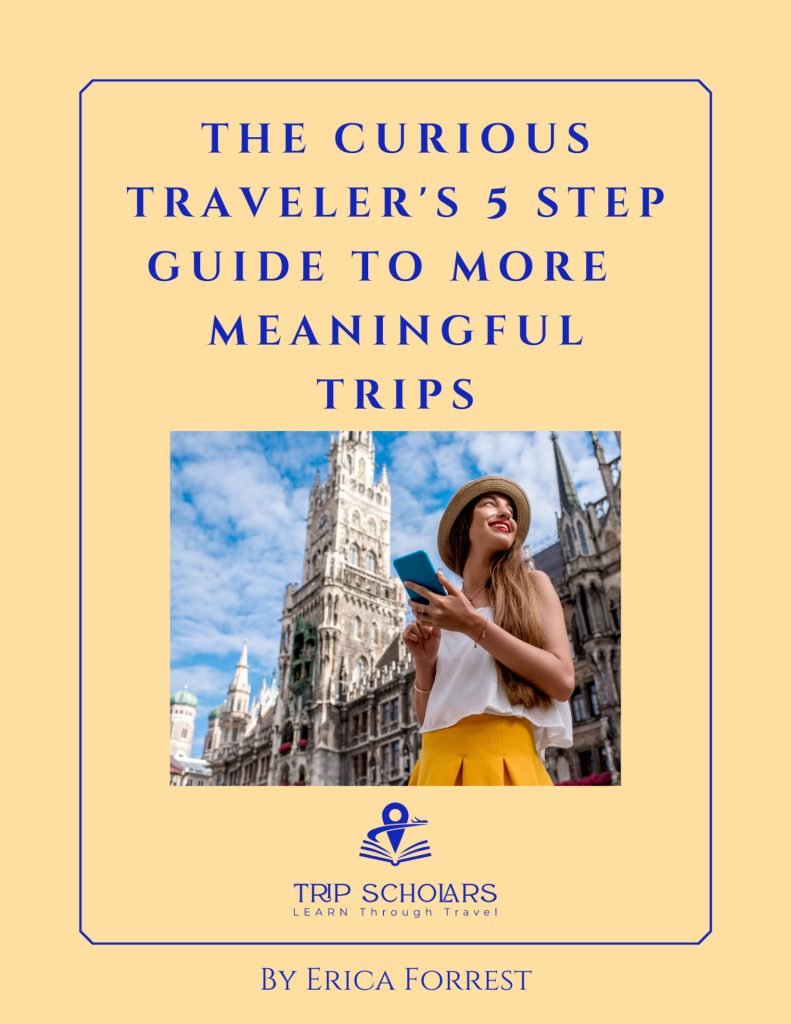
11 thoughts on “Heritage Tours: How to Plan Your Own Ancestry Travel”
I’ve always wanted to do an ancestry trip! My ancestry doesn’t span very far beyond the UK as it turns out, but I really want to visit the church where my 5x great grandparents got married and visit the town where they lived. I’ll be using your tips to finally get around to planning that trip! Thanks for the great guide!
That sounds wonderful, thanks a lot for sharing! you are most welcome, I hope these tips are helpful as you plan such an important trip.
I think I would really love to go on an ancestry tour! I’ve been around much of England but would love to explore my Polish ancestry a bit more.
I hope you are able to visit your Polish ancestral homeland, I am sure it would be a very meaningful trip!
Really great insight. Thanks for sharing.
You are very welcome, I am so glad you found it helpful!
I love this idea. I recently did a 23 and Me kit and waiting for the results as I’m excited to learn more about my ancestry. My parents have always been super into this so I grew up doing a lot of vacations around ancestry travel. Great ideas, I always find this sort of thing really interesting
Thanks a lot, I am glad you enjoyed it! How wonderful that you have already done this type of travel growing up. I wish you the best as you dive further in when you get your test results.
What an interesting read. Your article is not only oozing in helpful resources and tips, but you’ve included personal testimonies of travellers who have taken ancestry journeys. All these elements, and more, make your post a helpful and inspiring resource.
Thanks so much, I am glad you found the tips useful and the stories inspiring! It was my hope that the personal vignettes might inspire anyone on the fence, to go for it. Plus, I really appreciate the tips that the contributing writers offered. Thanks again for your kind words!
Very interesting! Thank you!!! Learning how our ancestors lived and being more interested in history is great. Very helpful advice. I think this is a great idea! So many interesting facts can be learned while traveling to the places where our ancestors lived!